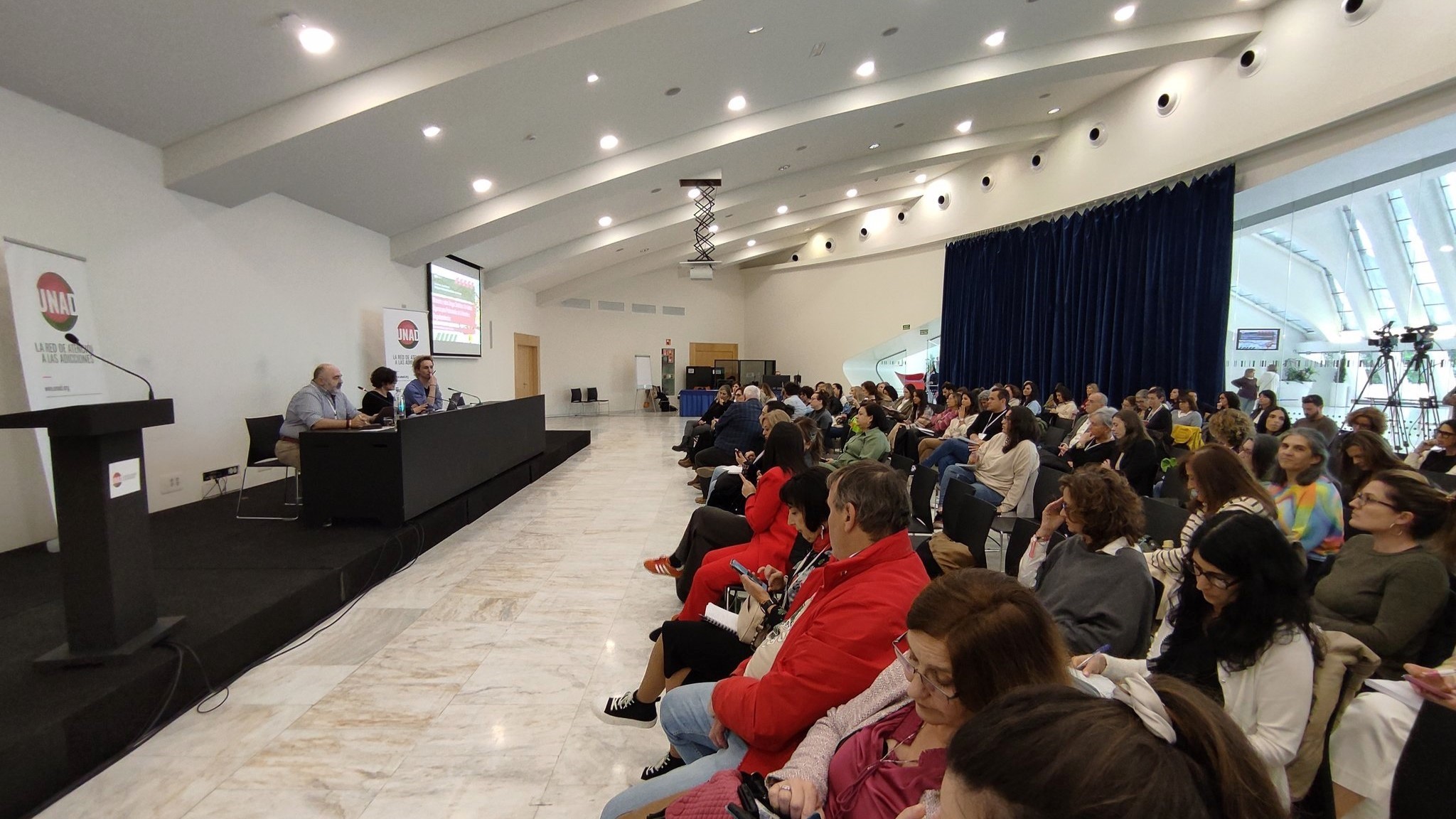
Multiple authors
We are launching our publication New Drug Trends: Insights from Focus Group Discussions, part of Correlation – European Harm Reduction Network’s Civil Society-led Monitoring of Harm Reduction In Europe 2023 Data Report.
The study relies on 18 focal group discussions conducted among civil society organisations designated as focal points within the Network and explores the latest insights concerning the emergence of new illicit substances in cities where focal points are located, as well as other developments in drug use patterns, including polydrug use, routes of administration, and changes in local drug markets.
We bring an interview with Daan Van der Gouwe, primary author, researcher at Trimbos Institute and coordinator of the Dutch Harm Reduction Network. Read the interview and download the publication below!
We have witnessed a number of developments this year. When we look at the community of people who are engaged in high-risk drug use, we see the appearance of various synthetic opioids in heroin or benzodiazepines, for instance, nitazenes, but fentanyls are also gaining ground in some areas in Europe. With nitazenes, it seems to be geographically limited still in the northwestern part of Europe, mainly in Ireland and the UK. Whereas when it comes to fentanyls that are found in heroin, we see it in other areas of Europe. This is the main finding that we didn’t see so much last year.
Within the group of people with high-risk drug use, we also see an increa

se in the use of cocaine and methamphetamine. This cocaine includes crack cocaine, especially.
People also spoke about the ban on opium cultivation by the Taliban in 2023, that this should have an effect on the heroin market, but we don’t see that very clearly at the moment. Heroin is still available but it may be the case that this year, in 2024, it will be a different situation.
When it comes to recreational drug use, we do not see so much difference. We see some appearance of 2C-B, ketamine, some cathinones and especially also cocaine being more present on local drug markets in Europe.
Yes, this is a clear finding. We have witnessed this feature for several years already, but last year it was really strong. I’d like to make a plea for harm reduction NGOs to go online and inform themselves about the changing markets, to see what’s going on online, but also to start some interventions there and to do internet-based harm reduction, for instance, online outreach work.
We have had a pioneer, his name is Fernando Caudevilla, DoctorX, who did this work already 10-15 years ago. He did that on the darknet, he answered questions of people who use drugs, and he gave very proper harm reduction advice to anyone who had questions about drug use. Maybe in some countries like the Netherlands, we have this clear-cut information everywhere online, but in many other countries, for instance, in Russia, this information is not available.
This kind of work, online harm reduction services are essential for people to take note of. This would be a very important thing to do and to start conducting.
I’d like to quote the focal point in Glasgow in the UK, Scotland:
“(…) There are few reports to corroborate (the use of nitazenes), but (…seem to be….) people who have reported long term use of other drugs and have purchased as heroin.” (p. 13.)
I think this quote is a good example of where we are nowadays. We have a number of reports on nitazenes and other synthetic opioids in heroin, but the evidence is lagging behind, particularly because there’s a lack of drug checking services in the European Union or globally. So people do not really know what they are buying and using. This is why it’s very important to have drug checking services so that when people purchase heroin, they could find out that this ‘heroin’ contains no heroin, or contains heroin but also nitazenes, which are much stronger and can be lethal. So it’s essential to have these services all around the globe.
The report can be used as an advocacy tool, to advocate for a better early warning system, especially since now drug markets are more polluted. Look at the heroin market, but some other markets also seem to be more polluted. Also because drug markets continue to go online.
Harm reduction services also need to find funding for better services and for better serving the needs of people who use stimulant drugs, especially crack and methamphetamine, since we have seen an increase in crack and methamphetamine on the market and services for these users are also lagging behind.
This report clearly identifies these developments which are in line with data from, for instance, the EMCDDA [European Monitoring Centre for Drugs and Drug Addiction]. It would be good that harm reduction services use the report and the recommendations to get access to additional funding to serve the people they’re working for in a better way.
What I think is necessary to develop further is that we look at different sources. In the scientific world, we call it triangulation of data. It means that we use data from the focus groups that we have been conducting for many years now in the framework of Correlation to compare those data with the drug checking data from several cities. But also, I think wastewater analysis could be a very interesting tool. Also, there’s a project going on which identifies and detects drugs in syringes.
I think with all those different sources together we can quickly see trends and developments in the drug markets. Also, what is even more important than just detecting or identifying is to intervene as quickly as possible.
For instance, this situation with nitazenes, it’s very worrying in a specific part of Europe now, but it could extend to the whole of Europe quickly. Then it also needs to be responded to in a very quick and precise manner. The data we get, along with all the other data, for instance from drug checking, could help to do so.
The added value of the work that we do within the framework of Correlation is that we can get much richer data across than just the valuable data that are being collected by other agencies. They also take some time for publications, which means the day they are published, the data is rather old. We have developed now a system in which we can publish our data in a bit quicker way, which also means that we can intervene more quickly.
The other value is that we can put more layers of information of context in the data that are provided by other services, for instance, about drug markets. As an example, besides the internet-based drug markets that are now emerging, in some focus group discussions, there was a mention of increasing violence in the drug markets. Violence between drug dealers, violence between people who use drugs, violence between people who use drugs and drug dealers, and also violence between people who use drugs, drug dealers and the largest society. It seems that in some cities this violence is becoming more apparent than before, and this is also something we need to address.
Two things I’ve already mentioned are the expansion of drug checking services throughout Europe, and also the expansion of harm reduction online.
Since there’s an increase in the appearance and use of stimulant drugs, especially crack cocaine and methamphetamine, but also some cathinones, harm reduction services should step up in delivering services that address the people using these stimulants.
Finally, there’s a need for preparedness for the changing heroin markets. As I said before, we see that the heroin market is increasingly polluted with fentanyls, but also in some areas with nitazines, and we believe that harm reduction services throughout Europe should prepare themselves in the best possible way to respond to the crisis that may emerge in the coming years.
Following a new format, Correlation – European Harm Reduction Network’s Civil Society-led Monitoring of Harm Reduction in Europe 2023 Data Report is launched in 6 volumes: Hepatitis C Care, Essential Harm Reduction Services, New Drug Trends, Mental Health of Harm Reduction Staff, TEDI Reports and City Reports (Warsaw, Bălţi, Esch-sur-Alzette, London, Amsterdam). The Executive Summary can be accessed here.